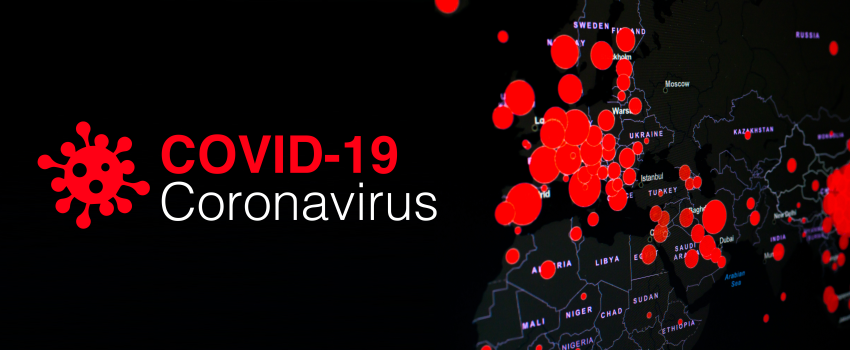by Mike Thurber, Principal Scientist, Elder Research

The COVID-19 pandemic has created a need for clear and actionable analytics like never before. The world can’t wait for controlled scientific studies to be completed, or dodge with, “We can’t say anything until we get more data.” To discover true relationships, we’d love to have detailed structured public data. But we usually must take the limited data at hand and quantify actionable insights in the face of uncertainty. Here, we’ll look at one piece of the menacing puzzle: is Social Distancing helping?
It is natural to believe that the measures pushed by the federal task force (“30 Days to Slow the Spread”) will mitigate the spread of COVID-19. The economic costs of these measures are very large, but we desperately need to quantify the health effect, even if roughly. But how can we know what the trends would be without the measures, since there is no “control” to measure against? Perhaps we can get close, though: The CDC has compiled many seasons of flu data, particularly positive fl…. Domain experts agree that if the recent measures are mitigating COVID-19, it should show up as mitigating the flu.
To study flu trends, we first adjusted 2020 reported numbers by modeling data latency trends (the last 6 weeks were raised some to account for reports that will come in later, as forecasted by a model). Then, comparing positive flu test trajectories of previous seasons to the current one, it appears in Figure 1 that the recent mitigation measures such as social distancing have blunted expected flu trends:

Figure 1: Positive Flu Tests by Year (Data adjusted from CDC.gov Flu Weekly web site)
If we extrapolate this year’s indexed curve to the end of the season and model what it would have been under average conditions as defined by the previous four seasons, we can compute the expected impact of the mitigation on flu hospitalizations and deaths. The raw numbers are approximate, but we calculate roughly 3 million flu cases will be avoided, resulting in ~30 thousand fewer hospitalizations for the flu, and ~1,800 fewer flu deaths. (Confidence limits around the predicted trend would be useful and can be produced with further analysis.)
If the weekly flu spread is mitigated by 30%, we can believe that COVID-19 is also mitigated, though the degree will differ due to differences in transmission mechanisms and rates, disease lethality, and other factors. (For example, COVID-19 could be less mitigated than the flu due to a higher reproduction rate (R0), which likely reduces the effectiveness of distancing and isolation. On the other hand, it is likely that more flu tests than usual were performed this year due to heightened fear of disease and the frequent requirement that a negative flu test precede a COVID-19 test. That would have the effect of strengthening evidence of mitigation.)
To confirm this mitigation effect, we now look at hospitalizations due to flu over the past 17 years, with the data drawn from the CDC Weekly US Influenza Surveillance Report and with 2020 adjusted for reporting latency. Figure 2 shows the hospitalizations normalized to peak at 100%, with the peak week defined as week zero. Note that the current year is lower at 8 weeks after the peak than all but 2004.

Figure 2: Relative Hospitalizations due to Flu by Year (Data adjusted from CDC.gov Flu Weekly)
Careful analysis and prediction of effects should be the basis for significant governmental action. Here, the graph shows the measures have had some benefit, though it is not as strong as many had hoped or believed. Governmental edicts have gained us some time, though at an unprecedented cost. Is that hard-won time being used wisely? We urge leaders to employ analytics urgently and thoroughly to evaluate the costs and benefits of a wide range of alternative measures that are less economically harsh that could ultimately save even more lives.
